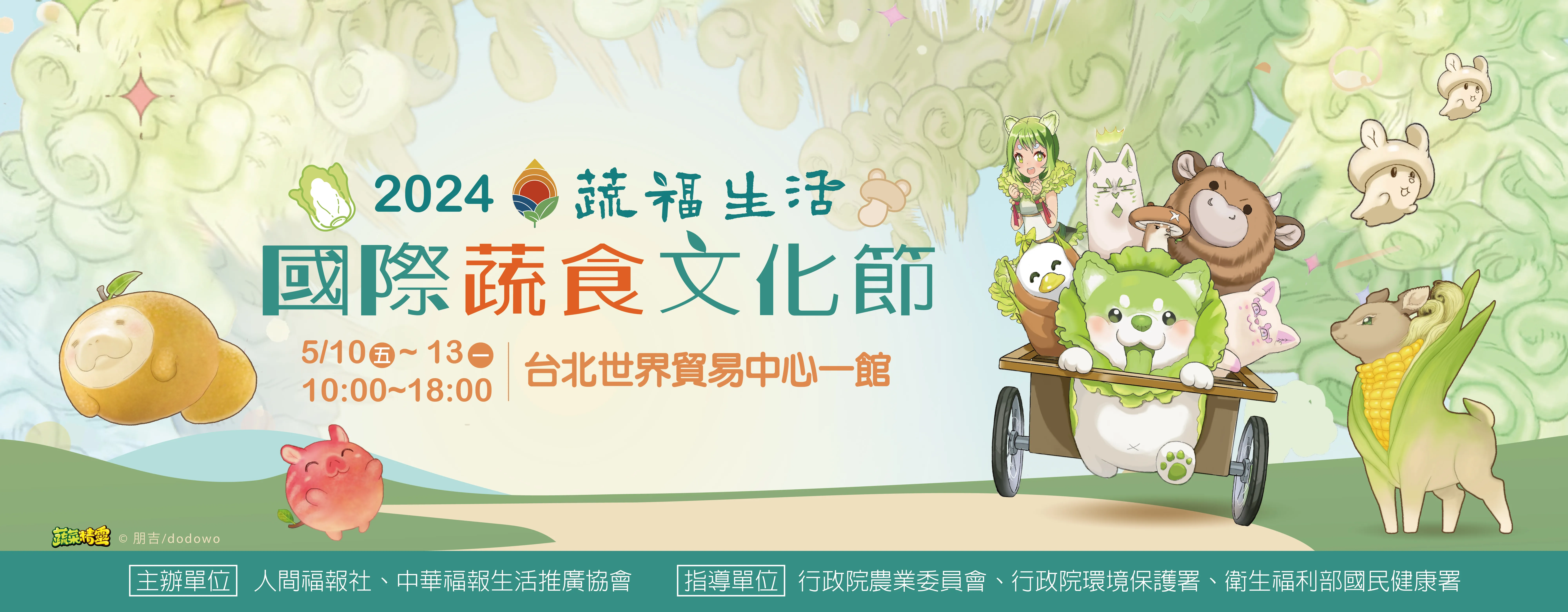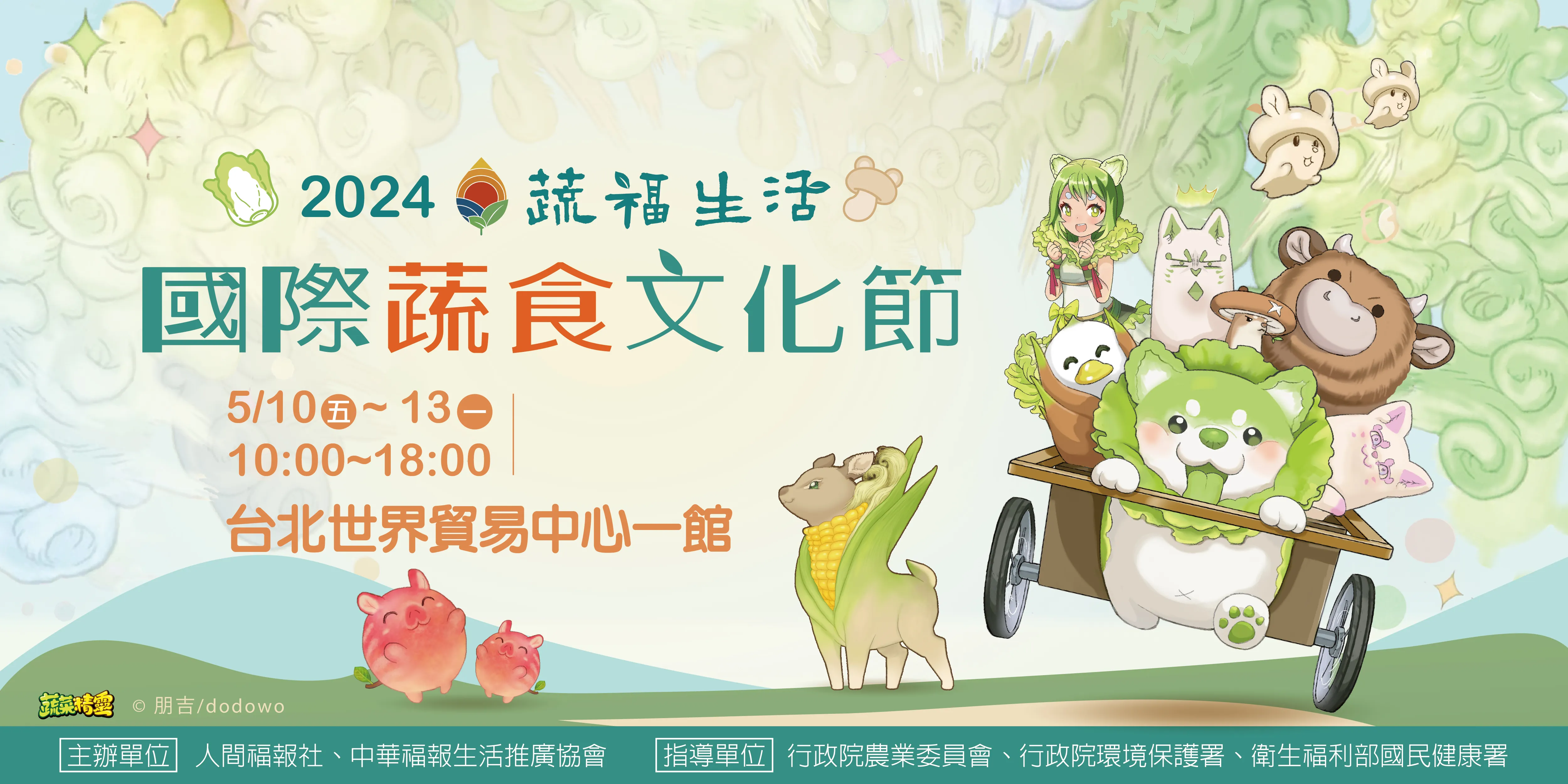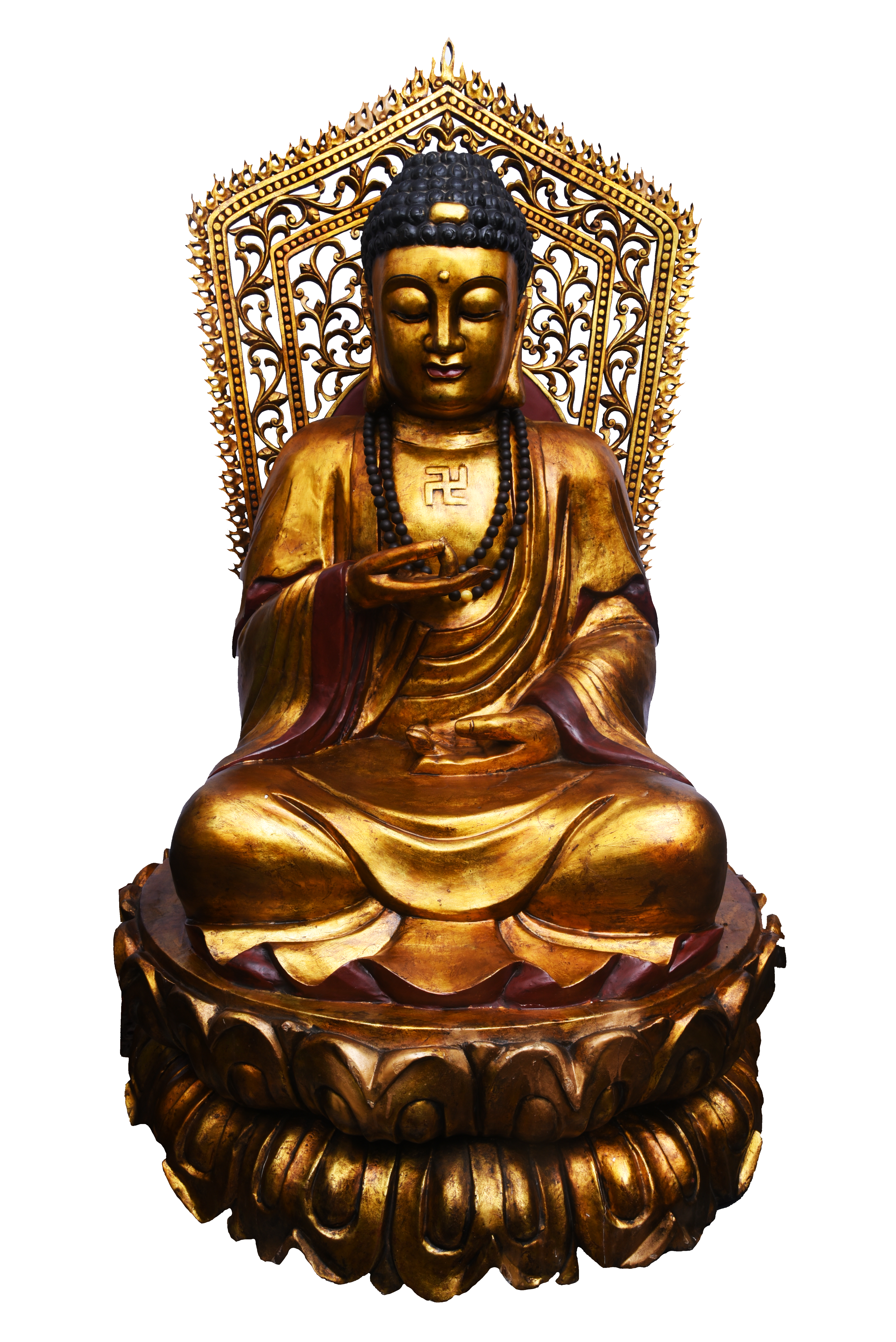


| 時代: | 明末清初時期 (西元1600-1700) |
| 出土地點: | 傳世品 |
| 尺寸: | 高度:約170 cm 重量:約200 kg |
| 質地: | 千年樟木 |
| 數量: | 1 |
此件開臉甜美、臉龐較豐腴,五官給人感覺比較年輕,五官細緻,尤其眼睛部分栩栩如生、與真人無異,符合江浙工木雕法像的特徵。
The sculpture portrays an accomplished representation of a Buddha, with a sweet and pleasant expression. The facial features appear slightly plump and youthful, intricately detailed, particularly the eyes which are vividly lifelike, resembling those of a real person. This aligns with the distinctive characteristics of the Jiangsu and Zhejiang wood carving style.
螺髮、肉髻平緩,臉部圓潤、輪廓簡潔、耳垂長與下顎齊平,眼瞼低垂呈現思考狀,眼睛細長、目光悠遠,雙眉中央有白毫,鼻子高聳,符合滿人臉部特徵,頭部和上身比例稍大,符合明末清初法像特徵。
The sculpture features intricately sculpted spiral hair and a smooth ushnisha (cranial bump). The face is round and well-defined, with elongated earlobes aligned with the lower jaw. The lowered eyelids convey a contemplative demeanor, and the slender eyes have a distant gaze. A white dot is present at the center of each eyebrow. The prominent nose corresponds to the facial traits of the Manchu people. The head and upper body are proportionally larger, consistent with the characteristics of Buddhist statues from the late Ming to early Qing period.
法像著鉤紐式袈裟,肩上有披肩,胸前有「卍」字,右手手掌向上,拇指與中指相捻持說法印,左手置於盤起的雙腿上,掌心朝上,雙腿盤坐於仰覆式蓮花座上,蓮瓣有兩個內圈,頂端微翹,是明末清初時期的蓮瓣型式,法像背板為可拆卸式鏤空背板,背板外圍是火焰紋,內有捲葉紋,背板在法像頭部正後方有太陽花紋飾,雕工細緻,紋飾及雕工符合明末清初的特徵。
The statue is adorned in a robe with a hook and loop closure, a shoulder cloak, and a swastika symbol on the chest. The right hand's palm faces upward, with the thumb and index finger forming the teaching mudra. The left hand rests on the crossed legs, palm facing upward. The legs are in a cross-legged position on an inverted lotus pedestal with two inner circles of petals and slightly upturned tips—a lotus design typical of the late Ming to early Qing era. The statue's detachable backplate is intricately carved with flame and scroll motifs. A sunflower pattern adorns the backplate just behind the statue's head, displaying meticulous craftsmanship in accordance with the late Ming to early Qing style.
木胎雕刻完成後,即以白漆為底、泥金為身,用黑色與紅色等色彩為法像頭髮、唇部、服飾邊緣上色,泥金含金量高、顏色偏暖黃,泥金色系和朱砂紅色是明末清初時期的色系,因年代久遠,有些微天然風化開片現象,但整體而言保存相當良好,實屬難得。
After the wood carving was completed, it was coated with white lacquer and adorned with clay and gold, while black and red pigments were used for the hair and lip color as well as the edges of the attire. The high-quality clay and gold exhibit warm yellow tones, aligning with the color palette of the late Ming to early Qing period. Despite subtle signs of natural weathering and age, the overall preservation is remarkably good, making it a rare and valuable artifact.
木料為千年樟木,法身和蓮座一體雕刻成形,如此件般大型的法像,其木料本身皆為國寶級千年神木。
Carved from millennium-old camphor wood, both the body of the Buddha and the lotus pedestal were crafted from a single piece of wood. In the case of such a large-scale statue, the wood itself is considered a national treasure due to its age and rarity.
